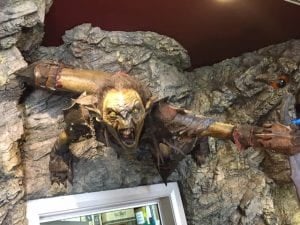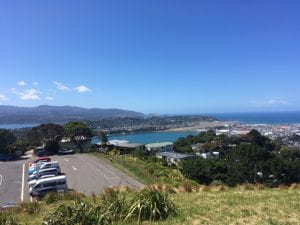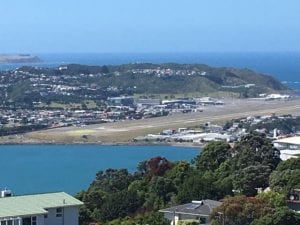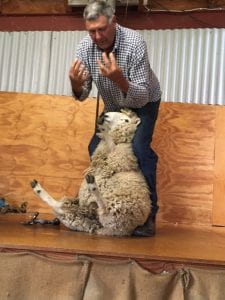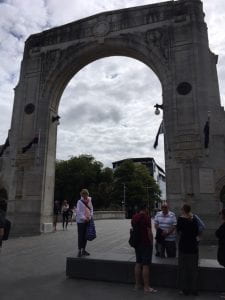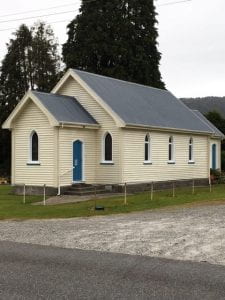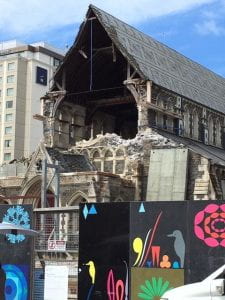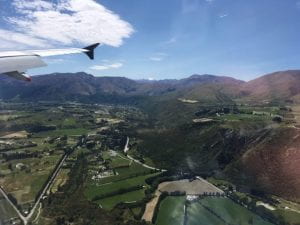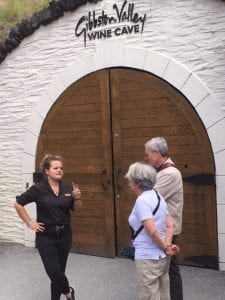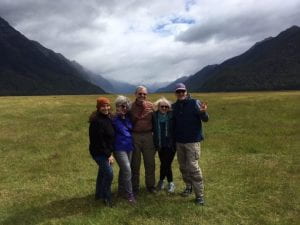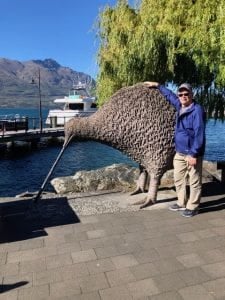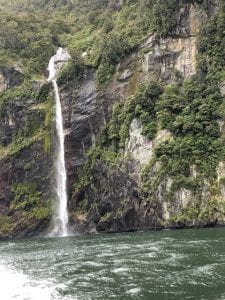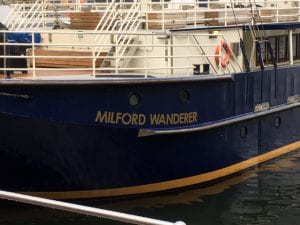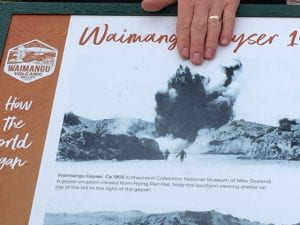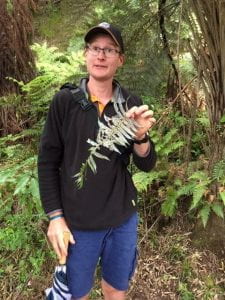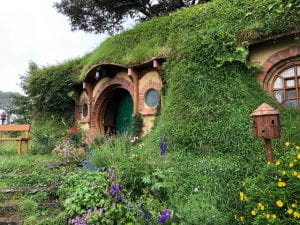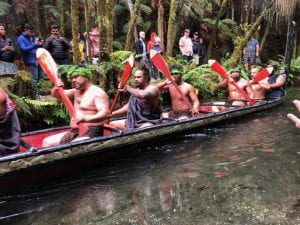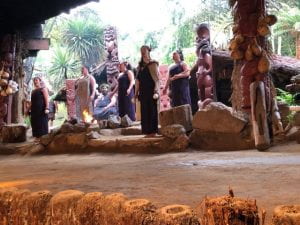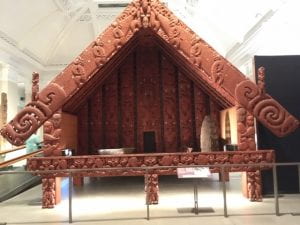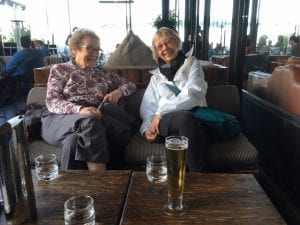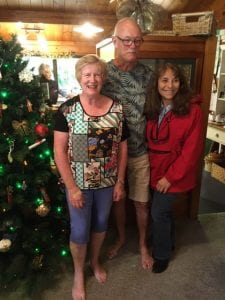Chesterfield MO, January 3
So odd to be back on the ground in the Heartland of USA. December is almost a blur, but before New Zealand becomes a faded memory, a few thoughts.
The country was beautiful, from the Bay of Islands to Milford Sound, blue green water and snow-capped mountains, heat vents and glaciers, and delightfully friendly people. It is a continent in its own right, pushing out of the sea with pressure from active faults and rich volcanic soil for food production. Isolated and welcoming in the same breath.
Traveling was exciting at first, then tiring, then draining. The last three days in Devonport were so refreshing and welcome, breaking the pace that had become a struggle at the end. We began to realize the joys of sitting still or at least browsing without a deadline.
Isolation from the political and economic stress of the U.S. was blissful. We avoided mentioning certain political names on the trip till the very end. Detachment from the melodrama of public life was welcome and liberating. This morning I felt compelled to reconnect with it on MSNBC for an hour. Then I realized I did not miss it that much.
We met some stimulating and unselfish people on this trip, and many who had made many similar excursions. Among the Overseas Adventure Travel alumni, we met repeaters of 3 to 20 times on OAT trips. Amazing breadth of travel and diversity of interests. They had the system of packing, laundering, eating and resting down to a science, so the pace seemed to affect them less. I doubt we will reach the expertise of such experienced travelers in the near future.
Our “tour experience leader,” Catherine Hickey, was among the kindest, most efficient, and conversant people I have met. She knew plenty about all things New Zealand, but she was also a logistical genius and a thoughtful leader, taking care for any that could be left behind. She took great pains to recover a cell phone for a certain careless person who had lost it between the seats on the bus.
The overwhelming impression of New Zealand was its engagement with the diversity and the history sharing the Maori culture. The Maori get lots of attention from guides, museums, political parties, rugby teams, and through the public integration of the cultures. We constantly heard “kio ora,” “hangi,” puku,” and “Aotearoa”reminding us of another language taught in the schools. We heard the story of the Treaty of Waitangi at least three times, once on the property where it was signed. The pride in country swept over us on our trip.
We are often guilty of idealizing other countries at the expense of our own, but I will risk saying New Zealand is exceptionally beautiful, remarkably tolerant of differences, reflectively proud of its heritage, and refreshingly welcoming to its visitors. Emerson says, “Comparisons are odious,” so I will avoid comparing New Zealand to the United States. It is good to be home, yet inspiring to remember the best of Aotearoa, the land of “the long, white cloud,” https://en.wikipedia.org/wiki/Aotearoa.



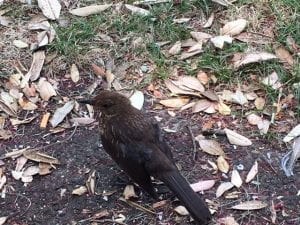
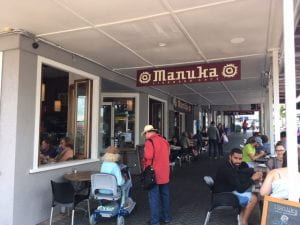


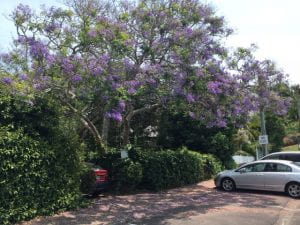

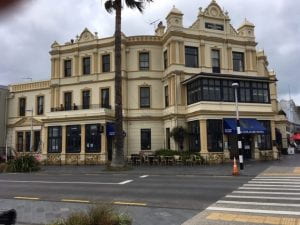


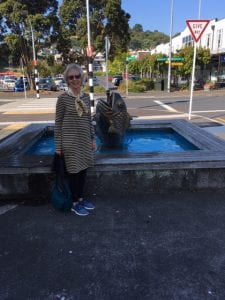
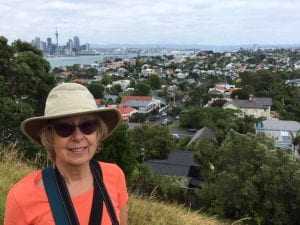
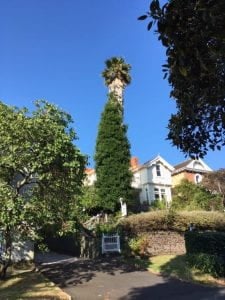

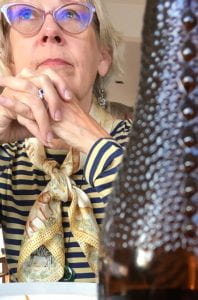
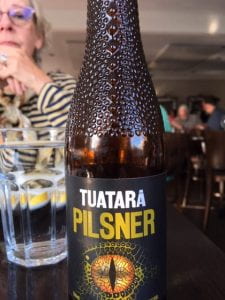


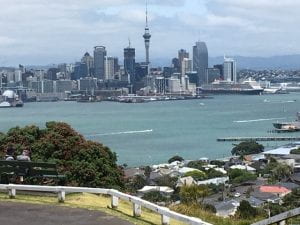


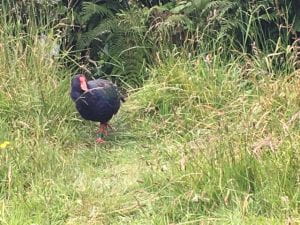






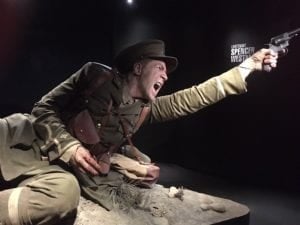
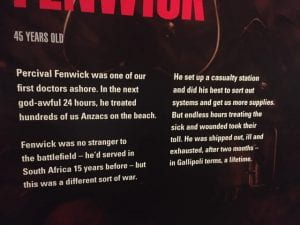
 Fenwick
Fenwick






 https://discussionsbytopic.com/Tree-weta
https://discussionsbytopic.com/Tree-weta

